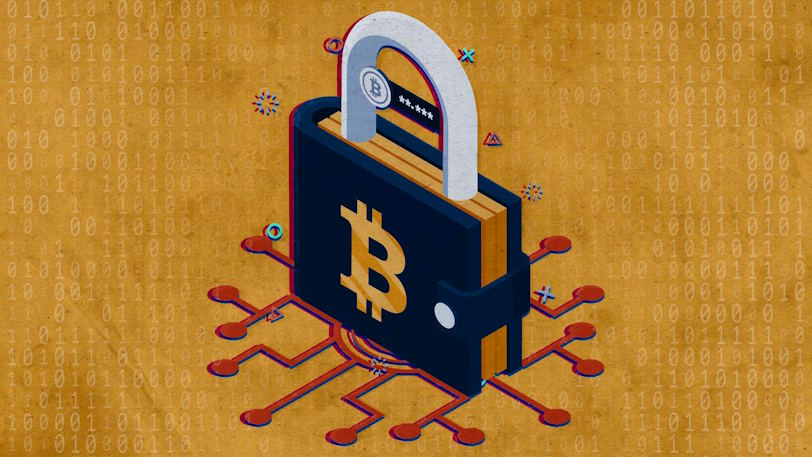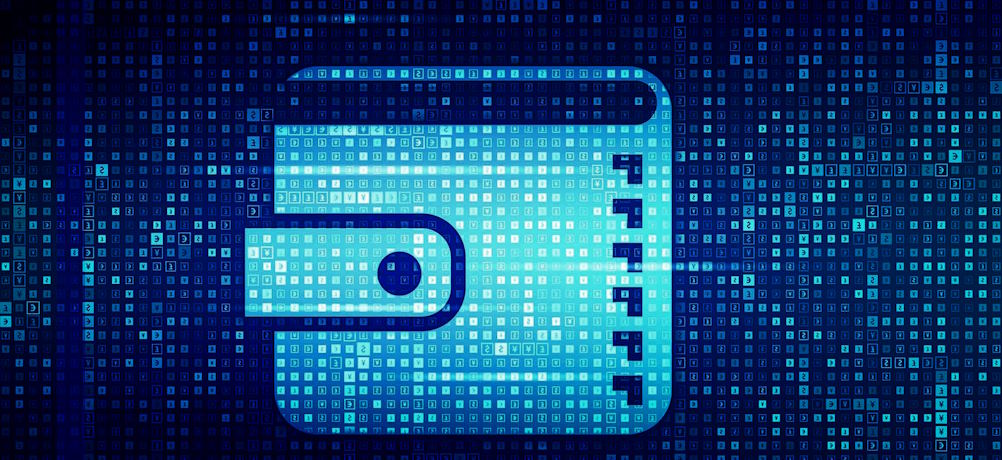
How Cold Wallets Safeguard Your Cryptocurrency Investments
Cryptocurrency investments have gained significant popularity in recent years, offering immense potential for financial growth. However, the rise of digital assets has also brought about increased concerns regarding security and the protection of these valuable investments. Enter cold wallets, an essential tool for safeguarding your cryptocurrency holdings. In this article, we will explore the world of cold wallets and delve into how they provide unparalleled security measures to protect your digital assets. Whether you’re an experienced investor or a novice in the cryptocurrency space, understanding the role of cold wallets is crucial for ensuring the safety of your investments. So, let’s dive in and discover how cold wallets can fortify your crypto portfolio against the ever-present threats of cyberattacks and hacking attempts.
Advantages of Cold Wallets
Resistance to hacking attempts and malware attacks
One of the biggest advantages of cold wallets is their resistance to hacking attempts and malware attacks. Since cold wallets are not connected to the internet, they are impervious to remote attacks targeting online vulnerabilities. Even if your computer or mobile device is compromised, the offline nature of cold wallets ensures that your private keys remain protected. This added layer of security instills peace of mind, knowing that your cryptocurrency holdings are shielded from malicious actors attempting to steal your assets.
Enhanced control and ownership of private keys
With cold wallets, you have complete control and ownership of your private keys. Unlike custodial wallets provided by centralized exchanges, where you must trust a third party to safeguard your keys, cold wallets put the power in your hands. By generating and managing your private keys offline, you eliminate the risk of relying on external entities to protect your assets. This increased control over your private keys not only enhances security but also reinforces the core principle of decentralized finance, where you have full ownership and responsibility for your cryptocurrency investments.

Tips for Using Cold Wallets Effectively
Regularly backing up private keys and addresses
One of the most crucial tips for using cold wallets effectively is to regularly back up your private keys and addresses. Cold wallets generate unique private keys that grant access to your digital assets. It is essential to create secure backups of these keys and store them in multiple safe locations, such as encrypted external hard drives or offline storage devices. Additionally, regularly backing up your cryptocurrency addresses ensures that you can recover and access your funds in case of wallet loss or damage. By diligently backing up your private keys and addresses, you minimize the risk of losing access to your valuable crypto holdings.
Creating a secure storage environment for cold wallets
Creating a secure storage environment for your cold wallets is paramount to maintaining the safety of your cryptocurrency investments. Choose a physical location that is protected from potential hazards such as fire, water damage, or theft. Consider investing in a durable and fire-resistant safe or lockbox to store your cold wallet securely. Furthermore, make sure to keep your storage location confidential and separate from your computer or other devices to prevent unauthorized access. By establishing a secure storage environment, you add an extra layer of protection to your cold wallet and minimize the risk of physical loss or theft.
Implementing multi-factor authentication and additional security layers
To enhance the security of your cold wallet, it is advisable to implement multi-factor authentication (MFA) and additional security layers. MFA adds an extra step in the login process by requiring an additional verification factor, such as a fingerprint scan or a one-time password sent to your mobile device. By enabling MFA, you create an additional barrier against unauthorized access to your cold wallet. Additionally, consider utilizing additional security measures, such as passphrase protection or encryption, to further fortify your wallet’s security. These extra layers of security make it significantly harder for attackers to gain access to your private keys and compromise your funds.

Best Practices for Cold Wallet Storage
Storing cold wallets in physical secure locations
One of the fundamental best practices for cold wallet storage is to choose physical secure locations for storing your wallets. Consider options such as a safe deposit box at a trusted bank or a well-hidden and secure location in your home. The goal is to protect your cold wallet from physical threats such as theft, fire, or water damage. By keeping your cold wallet in a physical secure location, you add an extra layer of protection to your digital assets, reducing the risk of unauthorized access or loss.
Utilizing mnemonic phrases and passphrase protection
Mnemonic phrases and passphrase protection are powerful tools for strengthening the security of your cold wallet. Most cold wallets provide the option to generate a mnemonic phrase, also known as a recovery seed. This phrase consists of a series of words that can be used to restore your wallet in case of loss or damage. It is crucial to write down this mnemonic phrase and store it securely in a separate location from your cold wallet. Additionally, consider setting up a passphrase, which acts as an extra layer of encryption and protection for your wallet. By utilizing mnemonic phrases and passphrase protection, you enhance the security and resilience of your cold wallet.
Avoiding common mistakes and misconceptions about cold wallets
To ensure the effectiveness of your cold wallet storage, it is important to avoid common mistakes and misconceptions associated with cold wallets. One common mistake is failing to update your cold wallet’s firmware or software regularly. Regular updates often include security patches and bug fixes that help safeguard your wallet against potential vulnerabilities. Another misconception is assuming that cold wallets are invulnerable to all risks. While cold wallets provide excellent security, it is still essential to exercise caution and practice good digital hygiene, such as avoiding suspicious links or phishing attempts. By staying informed and avoiding these common mistakes and misconceptions, you can maximize the security and usability of your cold wallet.
